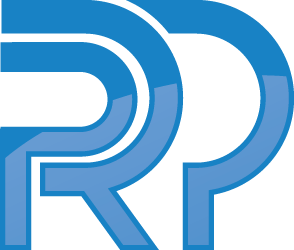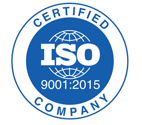Bringing a medical device to market requires more than innovation; it demands navigating complex regulatory frameworks, which vary significantly across regions. In some countries, the regulatory process is streamlined, while in others, it’s highly stringent. Here, we explore two of the easiest and two of the most challenging regions for medical device market entry based on regulatory requirements, review times, and overall accessibility.
Easiest Regions
- Singapore
Singapore is known for its efficient and business-friendly regulatory environment. The Health Sciences Authority (HSA) has established a clear and predictable regulatory framework, making the country one of the easiest for medical device approvals in Asia. Here are a few reasons why:
- Tiered Risk Classification: The HSA uses a tiered risk classification system, similar to global standards, which allows low-risk devices to move quickly through the registration process.
- Collaborative Approach: The HSA actively collaborates with other regulatory bodies, such as the U.S. FDA and European Union, making it simpler for companies already approved in these regions to gain clearance in Singapore.
- Efficient Review Process: With the possibility of expedited review for certain devices, companies can typically bring products to market faster in Singapore than in many other countries.
- Australia
Australia’s Therapeutic Goods Administration (TGA) offers a flexible and transparent regulatory process, positioning it as one of the easier regions for medical device market entry. Key factors include:
- Mutual Recognition Agreements (MRAs): The TGA has MRAs with major regulatory bodies, including those in the EU, which allows for streamlined approval if a device has already been approved in Europe.
- Flexible Pathways: The TGA’s regulatory framework provides different pathways based on the device’s risk classification, including streamlined processes for low-risk devices.
- Relatively Short Approval Times: While high-risk devices undergo more stringent reviews, lower-risk products can often achieve approval within a shorter time frame compared to other major markets.
Hardest Regions
- China
China’s National Medical Products Administration (NMPA) has made strides in recent years to streamline its regulatory process, yet it remains one of the more challenging markets due to complex requirements and high regulatory expectations. Reasons include:
- In-Country Testing Requirements: The NMPA mandates that certain medical devices undergo clinical testing within China, which can be costly and time-consuming, especially for foreign companies.
- Language and Cultural Barriers: Applications and submissions must be in Mandarin, and the NMPA’s review process can be difficult to navigate without local expertise.
- Stringent Compliance Standards: Despite improvements, China has rigorous standards for product safety and efficacy, often requiring additional data and proof of conformity that may not be needed in other regions.
- Brazil
Brazil is another challenging region for medical device market entry due to its extensive regulatory requirements and sometimes unpredictable review timelines. The National Health Surveillance Agency (ANVISA) oversees medical device approvals with a complex system that can delay market access. Key challenges include:
- Lengthy Review Process: Brazil has one of the longest approval timelines in the world, with high-risk devices often facing significant delays as ANVISA reviews documentation and clinical data.
- Stringent Import Regulations: For foreign companies, navigating Brazil’s import regulations adds another layer of complexity. ANVISA requires devices to comply with local standards, which may differ from international norms.
- Local Representation Requirement: Companies looking to enter the Brazilian market often need a local representative and partner, adding logistical and financial challenges to an already lengthy approval process.
Conclusion
Global regulatory environments for medical devices are as diverse as they are complex. Regions like Singapore and Australia have crafted transparent, efficient regulatory processes, enabling faster market entry and broader access to new medical technologies. Conversely, markets like China and Brazil, while lucrative, present substantial regulatory challenges, requiring companies to invest significant time, resources, and local expertise.
Understanding these regional regulatory landscapes is essential for medical device companies, as even the best products can face delays or setbacks in markets with challenging approval processes. Whether navigating the straightforward pathways in Singapore or overcoming the complexities in China, a strategic approach can help companies successfully bring innovative medical devices to patients worldwide.
If you need any assistance with respect to Quality or Regulatory Compliance matters for your devices, please contact us at PRP. We understand how challenging it can be to maintain compliance while managing your day-to-day operations. We have a large, experienced team of Med Device QA/RA consultants throughout the country who can seamlessly integrate with your team to fill any gaps in expertise or bandwidth, ensuring you stay on track with your compliance goals. We would welcome the opportunity to work together!


